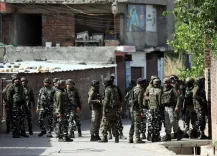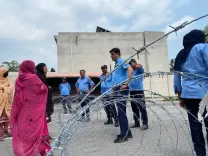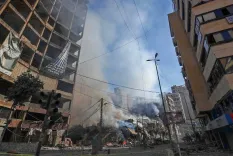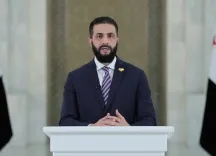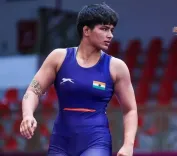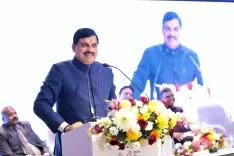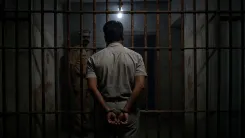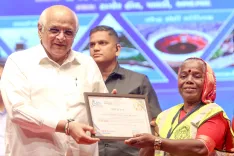Is Syria's Interim Government Effectively Implementing a Ceasefire in Sweida?
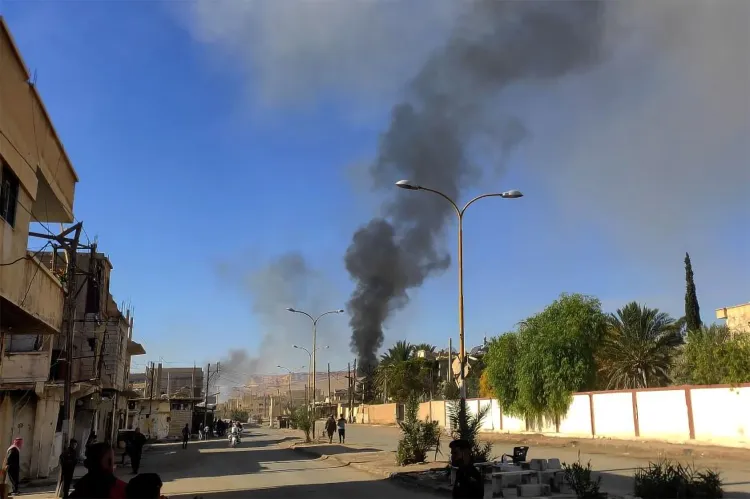
Synopsis
Key Takeaways
- Ceasefire implementation phase initiated.
- Separation of armed groups is crucial for stability.
- Emergency committee formed for humanitarian aid.
- Humanitarian crisis is worsening in Sweida.
- Renewed clashes threaten the ceasefire.
Damascus, July 19 (NationPress) - Forces from Syria's interim government commenced their deployment across Sweida province on Saturday to initiate the first phase of a ceasefire agreement aimed at putting an end to days of deadly sectarian conflicts, according to a source from the information authorities.
The initial phase involves the separation of conflicting armed groups, local factions in Sweida, and tribal Arab forces, as part of broader initiatives to restore stability, release detainees, and evacuate hostages.
An emergency committee has been established by the government, comprising various public institutions, to facilitate the delivery of urgent humanitarian and medical assistance, restore basic services, and repair infrastructure in line with the second phase of the agreement.
Once peace is established, the third phase will involve the systematic and gradual redeployment of state institutions and internal security forces throughout the province, adhering to previous agreements that ensure the rule of law and state authority, as stated by the source.
Despite these efforts, hostilities erupted again on Saturday in western Sweida, where heavy gunfire ensued following a brief pause in fighting. The Syrian Observatory for Human Rights, based in Britain, reported that the fragile ceasefire was compromised by renewed confrontations between Druze armed groups and Bedouin tribal fighters.
These clashes have reignited concerns over a potential collapse of the truce, which had been facilitated with international backing earlier in the week, as reported by the Xinhua news agency. The observatory noted that military personnel have begun setting up checkpoints outside Sweida's administrative boundaries to prevent armed group infiltration.
The watchdog also highlighted a worsening humanitarian crisis. The main national hospital in Sweida has been rendered completely inoperable for days due to power outages, shortages of water and medicine, and the failure of dialysis services. Medical staff have issued a dire warning, signaling a looming public health catastrophe.
"Hundreds of unburied corpses are decomposing, worms are spreading, and foul odors fill the facility and nearby streets," stated the hospital staff in a message directed at international organizations and media. They urged immediate intervention to avert a "catastrophic epidemic."
In other developments, the last semi-functional medical facility in the region, Salkhad Hospital, is reportedly on the brink of closure due to insufficient supplies and logistical backing.
Meanwhile, the observatory reported escalating shortages of food, fuel, and water, with thousands of families trapped in areas lacking basic services. Access for humanitarian convoys remains obstructed by ongoing clashes.
The cumulative death toll since fighting reignited on July 13 has surged to at least 940, as per the observatory, which includes 406 individuals from Sweida, comprising 80 civilians, and 330 military personnel from defense and interior authorities, inclusive of 18 tribal fighters.
Furthermore, 15 security personnel lost their lives in Israeli airstrikes, and one journalist was killed amidst the fighting. Approximately 182 individuals, including 26 women, six children, and one elderly man, were allegedly executed by government forces.
The death toll also encompasses three Bedouin civilians, including a woman and child, executed by Druze fighters.
The observatory also reported an assault by a tribal militia on the village of Kafr al-Lahf in western Sweida on Saturday, which incited panic among the inhabitants. Additionally, artillery fire from tribal positions hit the village of Umm al-Zeitoun, resulting in material damage.

